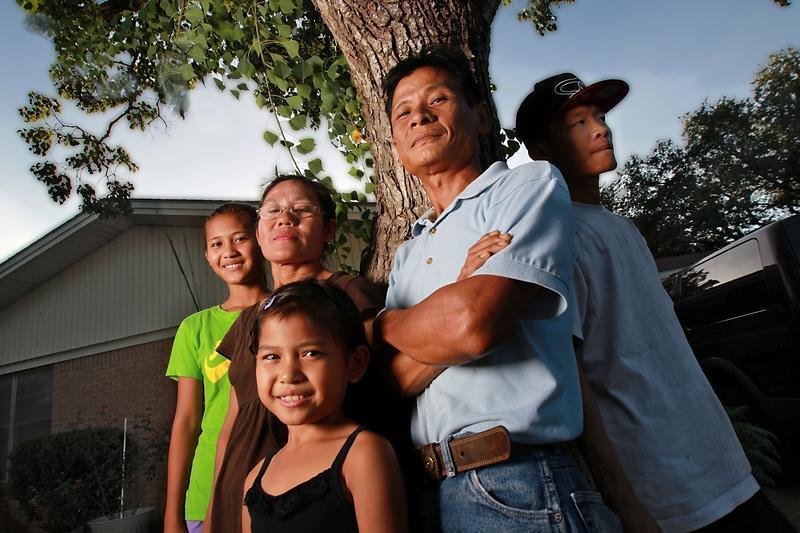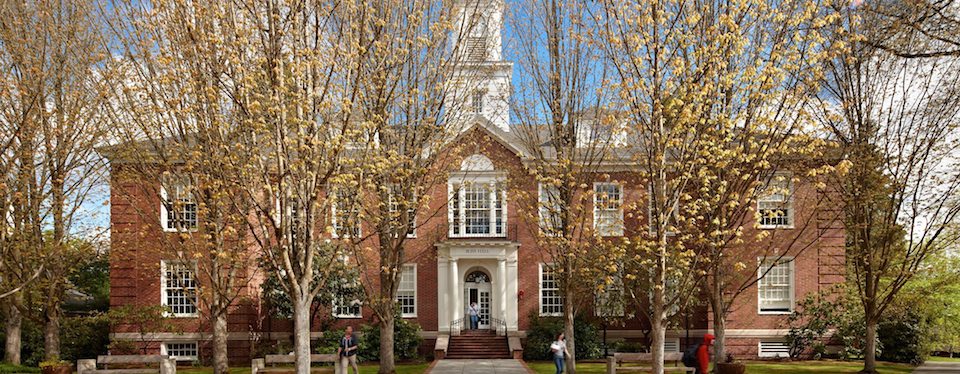
The Burmese and Bhutanese are two of the largest recent refugees groups to settle in the United States. Since 2004, over eighty thousand Burmese have fled political, religious, and economic persecution by settling here as an alternative. Along similar lines, Bhutanese refuges look to escape discriminating rule in their native counties; their migration has increased steadily since 2008.
With this influx of settlement, a study was completed on the academic success of students of this minority. Diverse Issues in Higher Education recently completed an article to summarize the findings and pose possible causes and potential resolutions for the issue.
Thirty nine percent of United States Burmese refugees are high school dropouts. This statistic was the driving force behind the report, which hopes to draw attention to the two groups, which are widely considered to be overlooked minorities. The report, entitled “Invisible Newcomers,” researched educational attainment, socioeconomic makeup and the affect settlement experiences have on the Burmese and Bhutanese. Dr. Chia Youyee Vang, associate professor of history and comparative ethnic studies at the University of Wisconsin-Milwaukee and Dr. Monica Mong Trieu, associate professor of sociology and Asian American studies at Purdue University worked together to formulate the statistics and draw conclusions.
Refugee camps in Thailand and Nepal are specifically mentioned in the report. In these camps, memorization is the focus, not critical thinking. As a result, children refugees who later settle in the United States struggle from this, as the American education system focuses highly on analytic skills. Vang and Trieu also suggests that culture and language barriers contribute to the problem. To solve this issue, the authors of the report suggest school counselors learn about the culture of these overlooked students, in an attempt to help them connect with the pupils and meet their concerns readily. From there, the counselor can assist the student in adapting to American culture.
After school tutoring is also suggested by the report, to provide intensified individual assistance. With a combined effort from counselors and teachers, Vang and Trieu hope the struggle teen students go through to graduate can resolve issues exhibited later in life. Nearly thirty percent of these overlooked minorities live below the poverty line. Language barriers cause a particular strain against attempting to acquire a job. In a cyclical problematic cycle, Burmese and Bhutanese adults struggle to help their children with schoolwork, only furthering the problem.
Not all news in the report was negative. Vang and Trieu did announce that twenty three percent of Burmese Americans have a bachelor’s degree. A further eight percent has an advanced degree. The Asian and Pacific Islander American Scholarship Fund also acknowledges that the number of applicants for scholarships is increasing.
